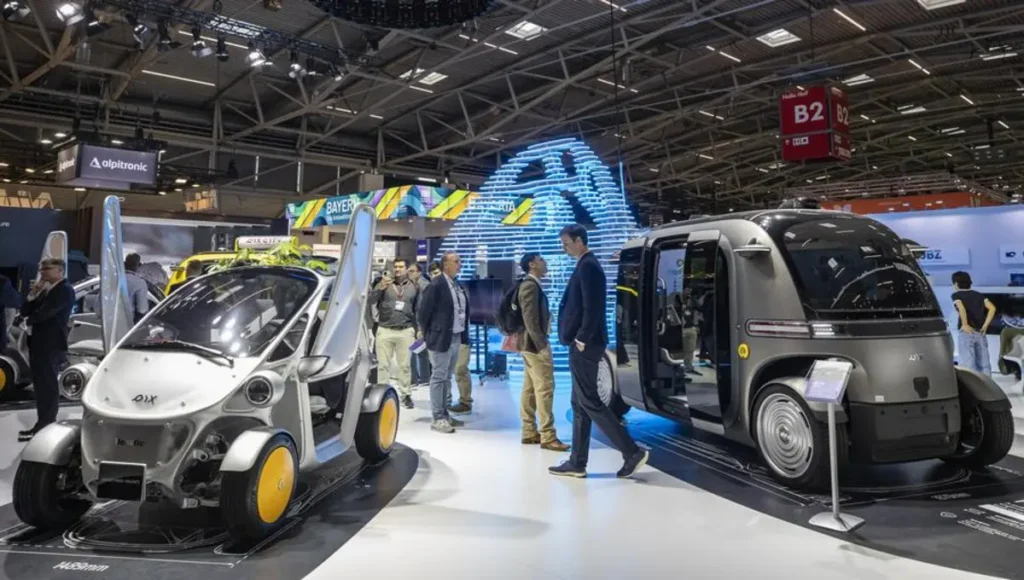The ongoing IAA Mobility 2025 in Munich proves just how rapidly the auto industry is changing. More than 750 companies from around the world have showcased their latest innovations and models, with the two most dominant themes being electrification and digitalization.
Design and Technology
This year, vehicle design took center stage. Mercedes-Benz introduced its new all-electric GLC SUV, built on an advanced 800-volt architecture with a sporty yet luxurious design. BMW, on the other hand, revealed its next-generation iX3, which comes with a sleeker aerodynamic shape and futuristic lighting elements.
Battery and Charging Features
BYD stole the spotlight with its Megawatt Flash Charger, capable of delivering two kilometers of range in just one second. A quick five-minute charge adds up to 400 km of driving. Similarly, CATL presented its new NP 3.0 battery technology, designed to prevent fire or smoke risks in case of thermal runaway.
BMW’s iX3 features sixth-generation eDrive technology, offering a range of up to 805 km with 400 kW peak charging. Meanwhile, the Mercedes GLC SUV supports up to 330 kW DC fast charging.

Alternative Energy Options
In addition to traditional lithium-ion batteries, hydrogen fuel cells and solid-state batteries also attracted attention. Renault and Rimac presented their new concepts, signaling that the future won’t depend on a single energy solution but on a mix of technologies.
Also Read
Software and AI Features
Digitalization is transforming cars from simple transport machines into intelligent devices. German supplier ZF showcased its “software-defined chassis” and steer-by-wire technology, which replaces mechanical linkages with software-based precision steering. NVIDIA also unveiled its full-stack safety system, a crucial step toward autonomous vehicle development.
Chinese automaker XPeng demonstrated its wide-ranging ecosystem, from intelligent EVs and flying cars to humanoid robots. According to the company, 2026 will mark the tipping point when AI-powered cars truly take off.
Mileage, Price, and Consumer Expectations
The new EVs presented at the show offer ranges between 700 and 800 km, addressing the long-standing “range anxiety” in Europe. While prices vary by model, it is clear that electric cars are becoming more appealing for everyday consumers and are steadily overtaking combustion-engine vehicles as a better alternative.
Conclusion
IAA Mobility 2025 makes one thing crystal clear: the future of driving is fast, smart, and electric. Long-range batteries and ultra-fast charging are tackling practical challenges, while software and AI are making cars safer, smarter, and more enjoyable to drive.
1 thought on “IAA Mobility 2025: The Future of Driving is Fast, Smart, and Electric”
I heard about it, is a futuristic Evs picture, just amazing